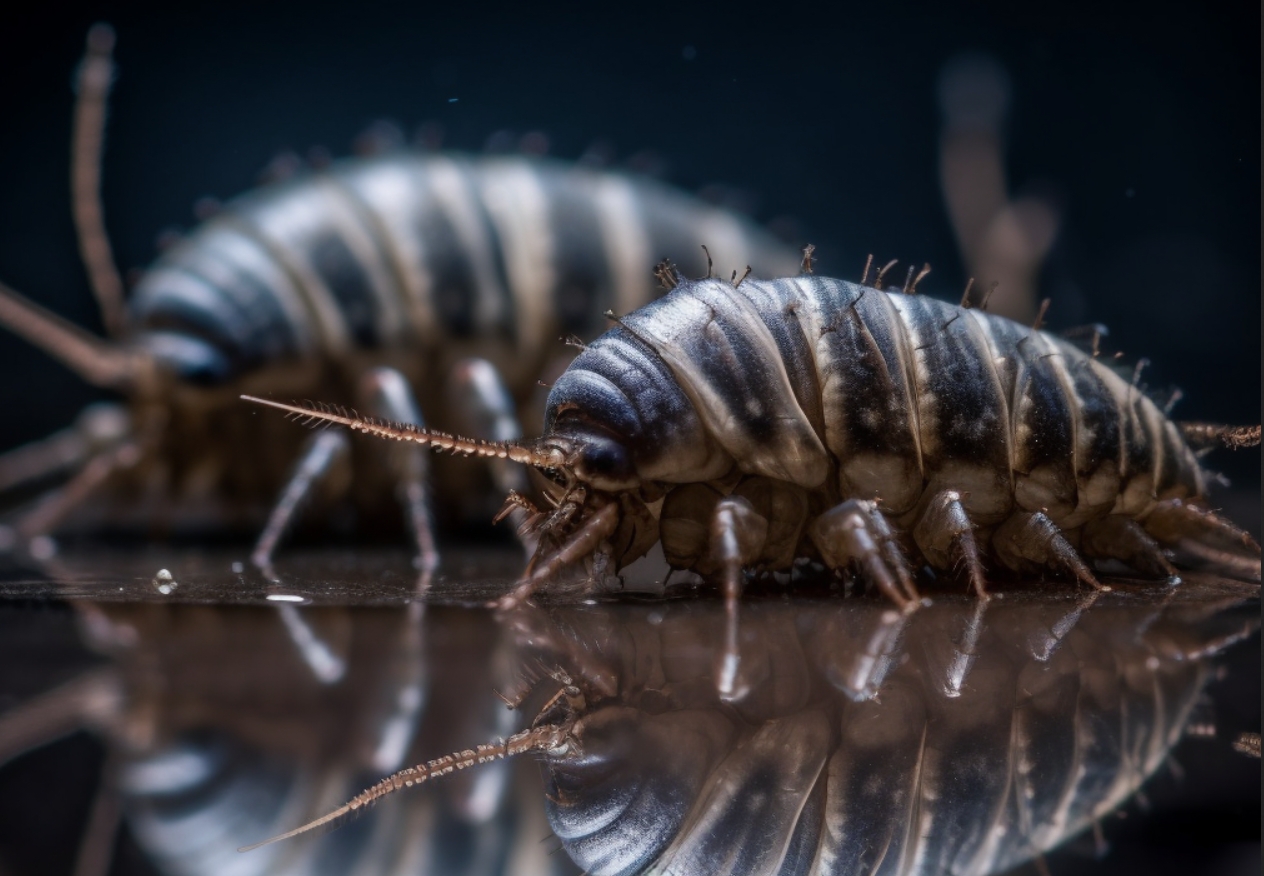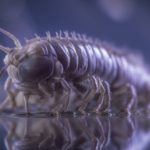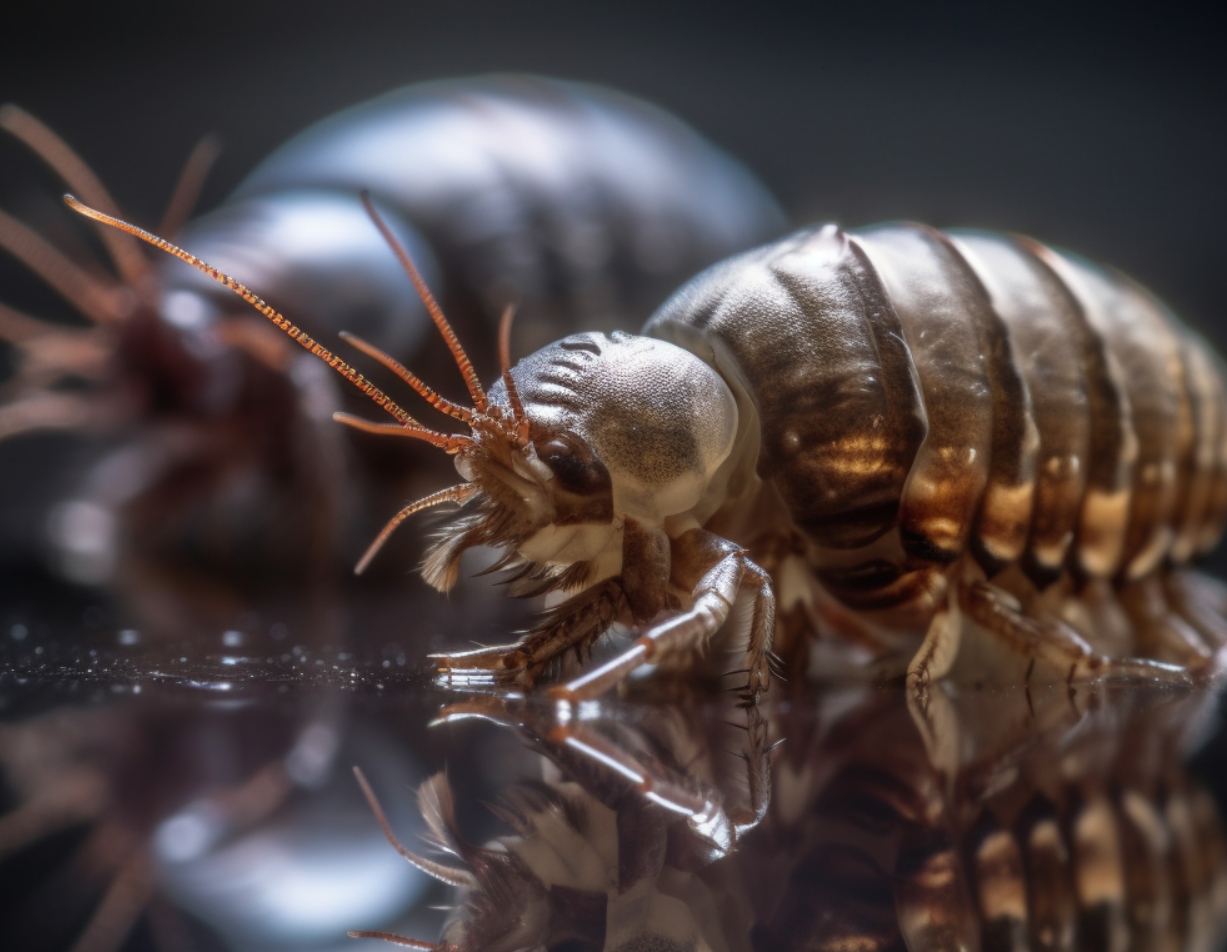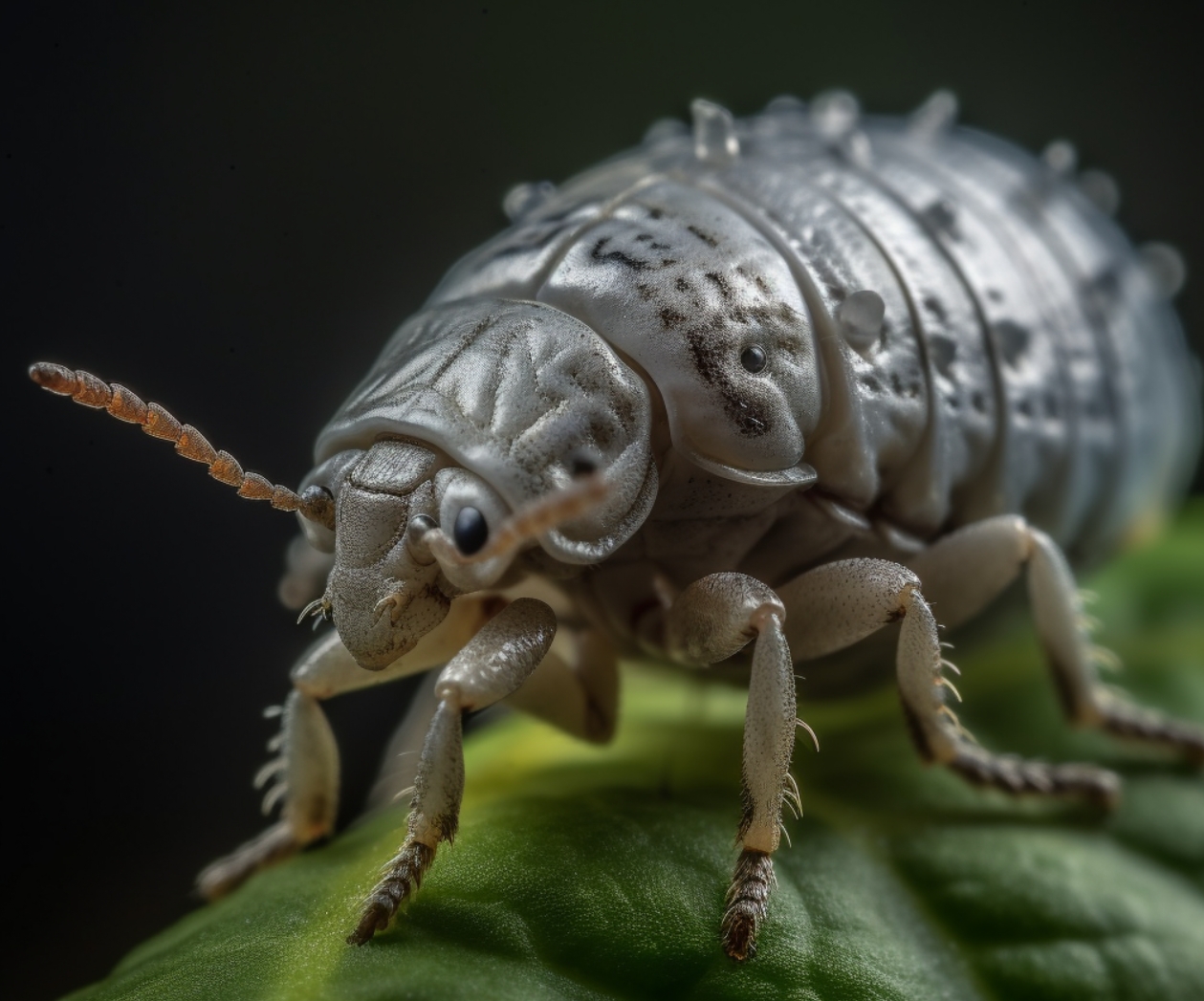Woodlice, also known as pillbugs or roly-polies, are fascinating creatures that often find their way into our homes. In this article, we will delve into the intriguing world of woodlice, exploring their habitat and environment, how they get into houses, and where to find them. We will also discuss some common misconceptions about these tiny creatures and offer tips for keeping them at bay.
How Do Woodlice Get in the House?
Contents
One of the most common questions people ask is, “how do woodlice get in the house?” The answer lies in understanding their preferred habitat and natural environment.
Woodlice are crustaceans that thrive in damp, dark places with high humidity. They are attracted to decaying organic matter, which serves as their primary food source. Common hiding spots for woodlice include:
- Under rocks, logs, and leaf litter
- In compost heaps and garden mulch
- Inside damp crawl spaces and basements
To enter your home, woodlice typically find small gaps or cracks in the walls, foundation, or around windows and doors. They may also hitch a ride on potted plants, firewood, or other items brought indoors from outside.
Where to Find Woodlice
If you’re curious about “where to find woodlice,” start by looking in the damp, dark areas of your home and yard. Some common locations include:
- Basements and crawl spaces
- Underneath sinks and around plumbing
- In garages and sheds
- In outdoor planters and flowerbeds
Remember that woodlice are attracted to decaying organic matter, so be sure to check areas with accumulated leaves, mulch, or compost.
Where Do Woodlice Come From and Where Do They Like to Live?
To answer the question of “where do woodlice come from” and “where do they like to live,” it’s essential to understand their preferred habitat and environment. Woodlice are native to Europe but have since spread to many parts of the world, including North America.
These adaptable creatures thrive in various environments, from forests and grasslands to urban settings like gardens and parks. The key factor in determining a suitable habitat for woodlice is the presence of damp, dark, and decaying organic matter.
Where Does Woodlice Live?
In their natural environment, woodlice can be found in a wide range of locations. Some examples include:
- Underneath rocks, logs, and leaf litter
- In the crevices of tree bark
- In the soil, especially near the surface
In urban settings, woodlice often find refuge in gardens, parks, and other green spaces. They may also inhabit homes and other structures, seeking out damp, dark areas like basements, crawl spaces, and garages.
Why Woodlice in House?
There are several reasons why you might find woodlice in your house. Some of the primary factors include:
- Moisture: Woodlice require a damp environment to survive. If your home has areas of high humidity or moisture problems, it can attract woodlice.
- Food sources: Decaying organic matter, such as leaves, wood, or even wallpaper, can provide a food source for woodlice.
- Access points: Small gaps, cracks, or other entry points in your home’s exterior can allow woodlice to enter.
To minimize the likelihood of woodlice entering your home, address these factors by:
- Fixing leaks and moisture problems in your home
- Cleaning up decaying organic matter both inside and outside
- Sealing gaps and cracks in your home’s exterior, including around windows and doors
Analyzing Woodlice Habitat and Environment: A Step-by-Step Guide
To better understand and manage woodlice in your home and garden, follow this step-by-step guide to their habitat and environment:
Step 1: Identify Potential Woodlice Habitats
First, familiarize yourself with the typical habitats and environments where woodlice thrive. Remember that they prefer damp, dark areas with access to decaying organic matter. Start by inspecting your home and yard for potential hiding spots, such as:
- Under rocks, logs, and leaf litter
- In compost heaps and garden mulch
- Inside damp crawl spaces and basements
Step 2: Monitor Woodlice Activity
Next, monitor woodlice activity in and around your home. This will help you determine the extent of the problem and identify specific areas that require attention. Some ways to monitor woodlice activity include:
- Setting up sticky traps or barrier traps in areas where you suspect woodlice may be hiding
- Observing woodlice at night, when they are most active
- Checking common hiding spots regularly for signs of woodlice activity
Step 3: Address Attractants and Access Points
Once you have identified potential habitats and monitored woodlice activity, the next step is to address the factors that attract them to your home and yard. This may include:
- Resolving moisture issues in your home, such as fixing leaks and improving ventilation
- Cleaning up decaying organic matter, both inside and outside your home
- Sealing gaps and cracks in your home’s exterior to prevent woodlice from entering
Step 4: Implement Woodlice Control Measures
If you still have a woodlice problem after addressing attractants and access points, you may need to implement additional control measures. Some options to consider include:
- Using woodlice killer products, such as diatomaceous earth or chemical insecticides
- Introducing natural predators, such as centipedes or spiders, to help control woodlice populations
- Employing woodlice control and preferences techniques, like creating unfavorable environments or setting up barriers to keep woodlice away from your home
Step 5: Monitor and Adjust Your Approach
Finally, continue to monitor woodlice activity in your home and yard and adjust your approach as needed. This may include trying different control methods, addressing new attractants or access points, or seeking professional help if the problem persists.
Woodlice Anatomy and Behavior
Understanding woodlice anatomy and behavior can help you better manage these creatures in your home and garden. Woodlice have a segmented exoskeleton and seven pairs of legs. They breathe through gill-like structures called pleopods, which require a moist environment to function properly.
In terms of behavior, woodlice are nocturnal creatures that are most active at night. They are also known for their ability to roll into a ball when threatened, which is why they are sometimes called pillbugs or roly-polies.
What Do Woodlice Eat?
As detritivores, woodlice primarily feed on decaying organic matter, such as:
- Dead plant material, like leaves and wood
- Fungi and mold
- Animal remains
In some cases, woodlice may also feed on living plant material, particularly if it is damp or damaged. Understanding what woodlice eat can help you manage their presence in your home and garden by eliminating their food sources.
In Conclusion
Woodlice are fascinating creatures that can sometimes become unwelcome guests in our homes. By understanding their habitat and environment, you can effectively manage their presence and keep them at bay. Remember to:
- Identify potential woodlice habitats and monitor their activity.
- Address attractants and access points, such as moisture issues, decaying organic matter, and gaps in your home’s exterior.
- Implement woodlice control measures, if necessary, and monitor their effectiveness.
By following these steps and learning more about woodlice anatomy, behavior, and diet, you can better understand and manage these intriguing creatures in your home and garden.





